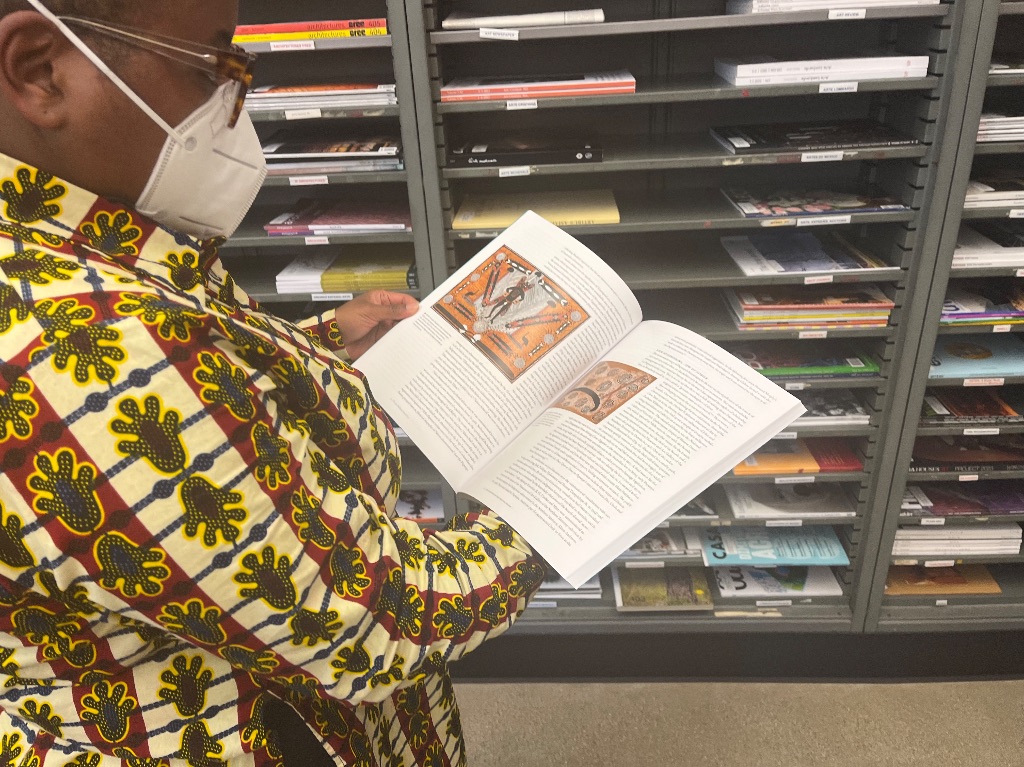Sometimes I like to write a longer introduction to give you, the reader, more background about my subject. My hope is that you’ll feel like you know them as you read. For this article, there is no need. I met Siobhan McKissic at the Ricker Library of Architecture and Art and loved the passion and enthusiasm she showed throughout our interview, I hope you can feel it, too. This library has so much amazing stuff like living moss wall tiles, thoughtfully curated displays, enormous books, and more. And the best part is that our whole community can access it all.
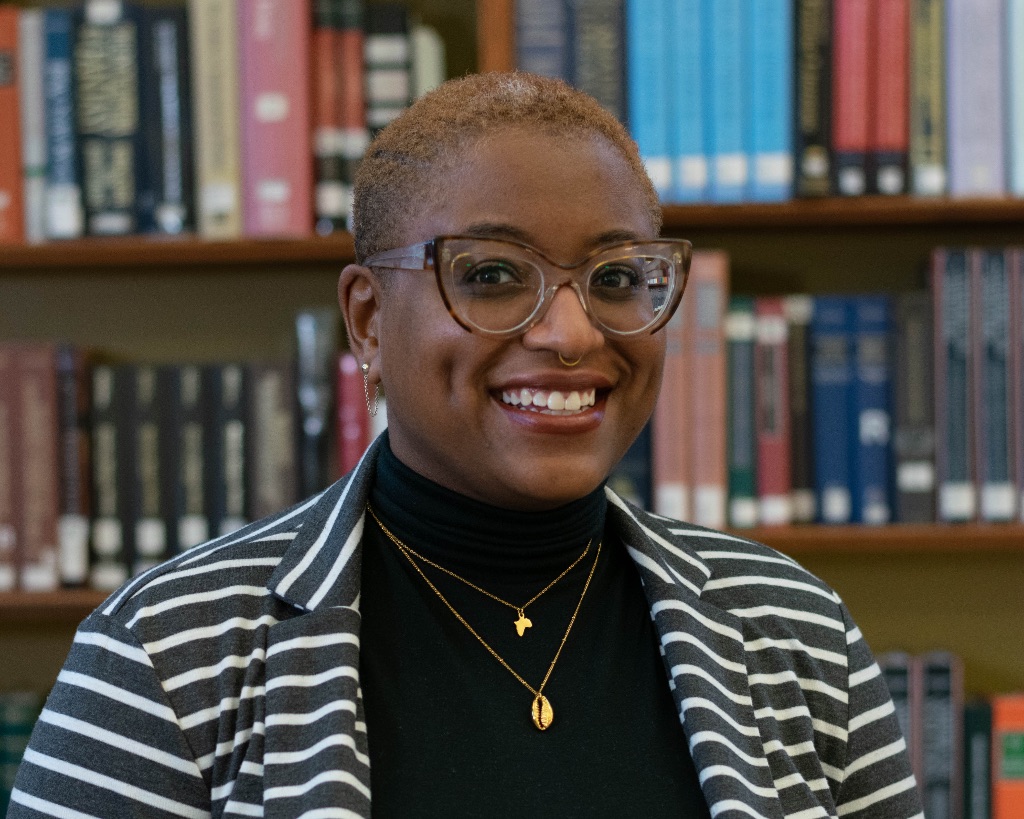
This interview has been edited for length and clarity.
Smile Politely: Can you tell me a little bit about yourself and what you do?
Siobhan McKissic: I am the visiting design and materials research librarian [at the University of Illinois]. I am from Chicago. I studied art and music in college, specifically studio art and jazz performance. But I’m also desperately nosy and I love to help people find stuff. After working for an artist in Chicago, I found myself doing what I now understand was reference work, like doing reference interviews with people and helping them find stuff that was in the collections where I worked, and I decided to go to library school. For most of my working library career, I worked almost exclusively in archives, working with literary papers, art papers, and just really digging into these sort of individual people, and finding out what contributions they are making to their communities and what their artistic practice is. Before I came [to Ricker], I was actually the archivist at the Rare Book Library, primarily working with the Gwendolyn Brooks papers, a lot of 19th and 20th century, and work from Carl Sandburg, Marcel Proust, and a lot of folks operating during the Spanish Civil War. It was a lot of fun. Then one day I saw a position at the Ricker Library of Architecture and Art. I’ve always loved art because it’s just a fun way to express yourself and make sense of the world, and again, I’m desperately nosy, so I love to help other people do the same. This is the start of my third year here at Ricker. Currently I have been working with the design folks, (art, design, and architecture), and specifically building the Ricker materials collection, which is essentially just for us in this academic setting, a collection of various objects. It’s woods, plastics, different polymers, foams, glass tiles, ceramics, metals, it’s truly just anything that you could possibly build with. With, this particular collection, my focus has been on trying to get local stuff. And really trying to get material either purchased from designers of color, or just designers from marginalized communities in the United States.
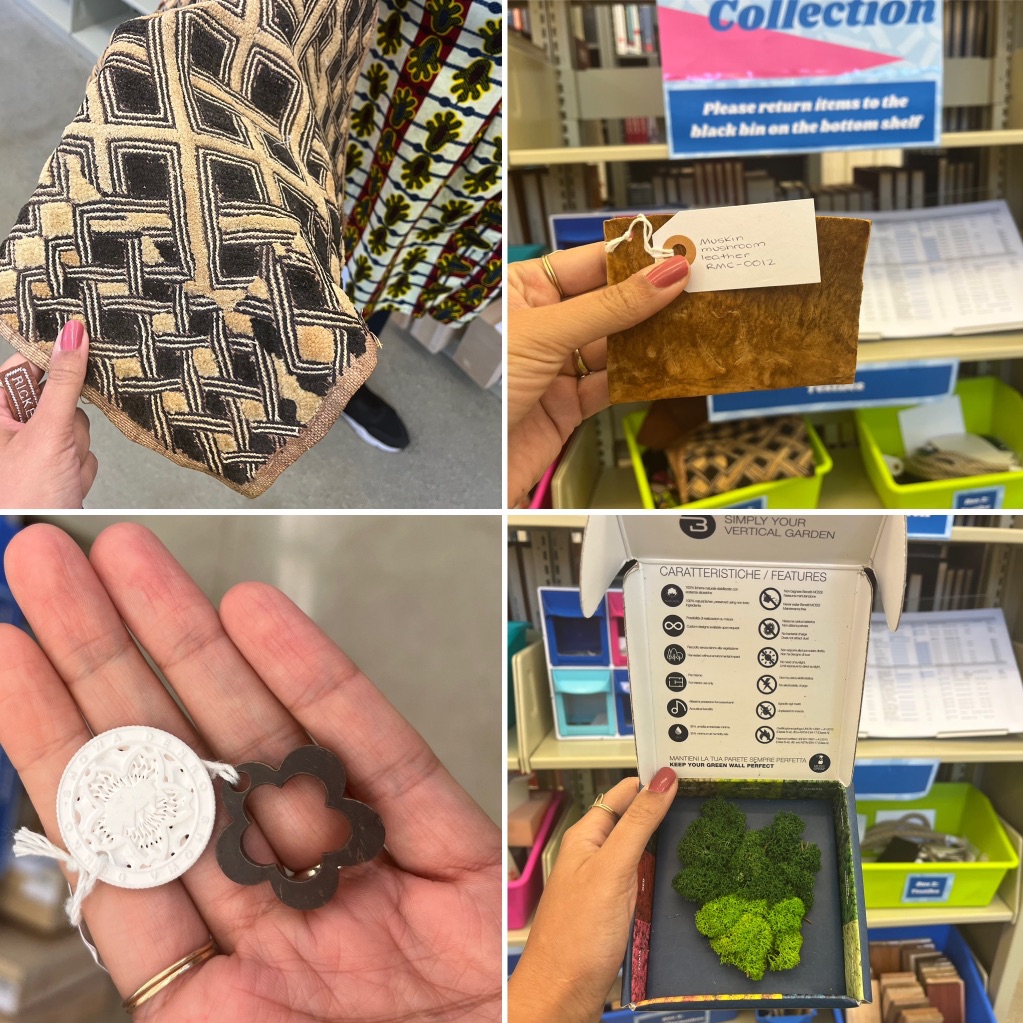
SP: What keeps you in Champaign-Urbana?
McKissic: This is not a professional answer, but love. Also, there’s so much good stuff here. The longer I’ve stayed (I’ve been here since 2016) and the longer I’m here, the more I’m learning. There is such good music, there’s a really thriving art community, and a lot of amazing designers. Since getting this particular position, I’m getting to know a lot of creative folks in a different capacity. We don’t have any Ethiopian food, and I will forever complain about that. But it’s really nice.
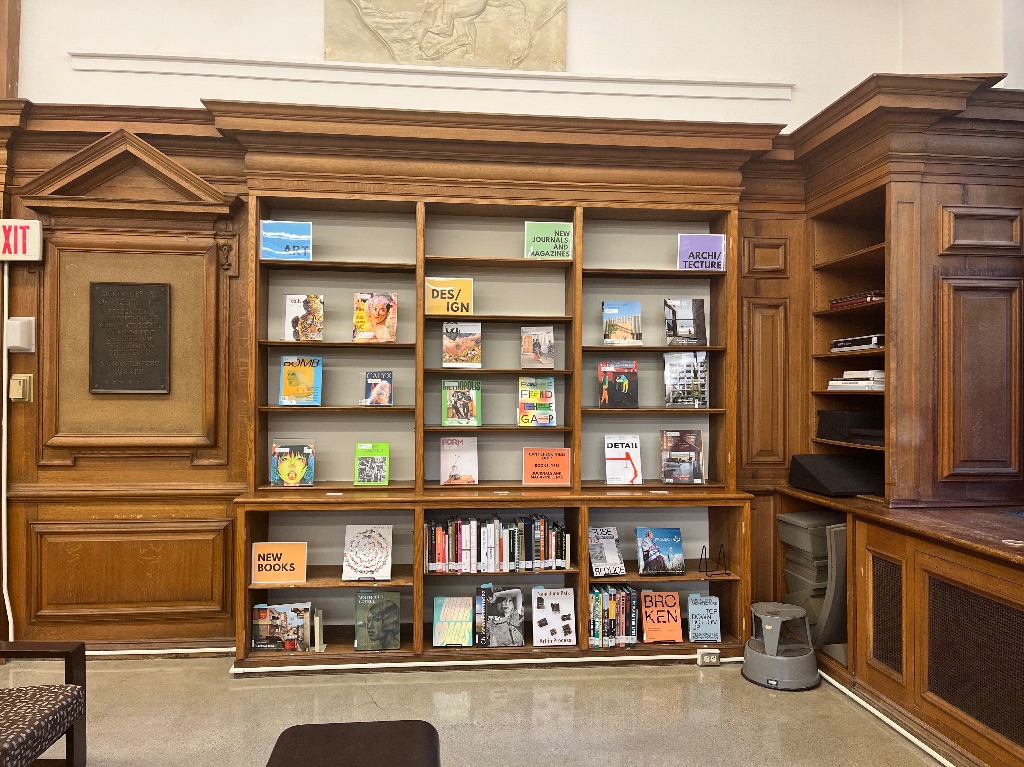
SP: What is an architecture and art library? And how does it work?
McKissic: An architecture and art library is a specialized library. Recently, it became really obvious that we needed to have a place where people could touch, feel, and get a better sense of scale. With the sorts of things that [students] were reading about in books, it’s one thing to look at pictures of these ball bearings and another to actually hold them and see, “oh, this is much larger than I thought it was.” We also curate the collection, we make sure that we’re keeping up with trends happening in the art world. The head of our department, Emilee Mathews, has made a real push to get more diversity within the collection. She is doing a fantastic job of getting us more stuff from outside of the U.S., from parts of Southeast Asia, Central America, South America, Africa and we’re really trying to push to make sure that students can get the things that they need. Essentially we work with the art and architecture and design schools here. We meet with the classes, we help facilitate discussions with the classes, and we’ll walk them through things like, how to use the library catalog. We show them journals that might be really relevant to the work that they’re looking for. [This access is] not just for students. We help faculty and, frankly, anybody, because we are a public library.
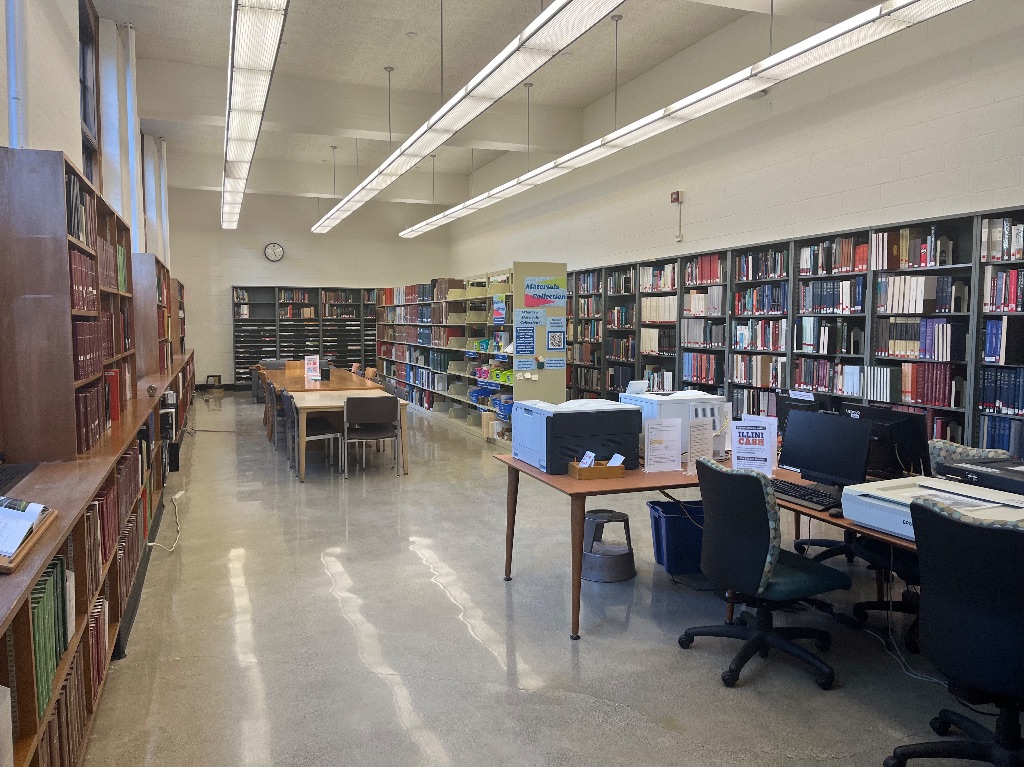
SP: What are some things people ask for help with?
McKissic: My personal favorite is someone who comes in and they ask a question like, “can you show me blue books,” or “show me books with no words.” Or they are working on a project where they want to see photographs that people have taken with their families. One person had a really great project where they just wanted to make their Minecraft better and they said, “show me some architecture so I can build it in Minecraft.” We’re just here to help people with anything that we have the capability to help.
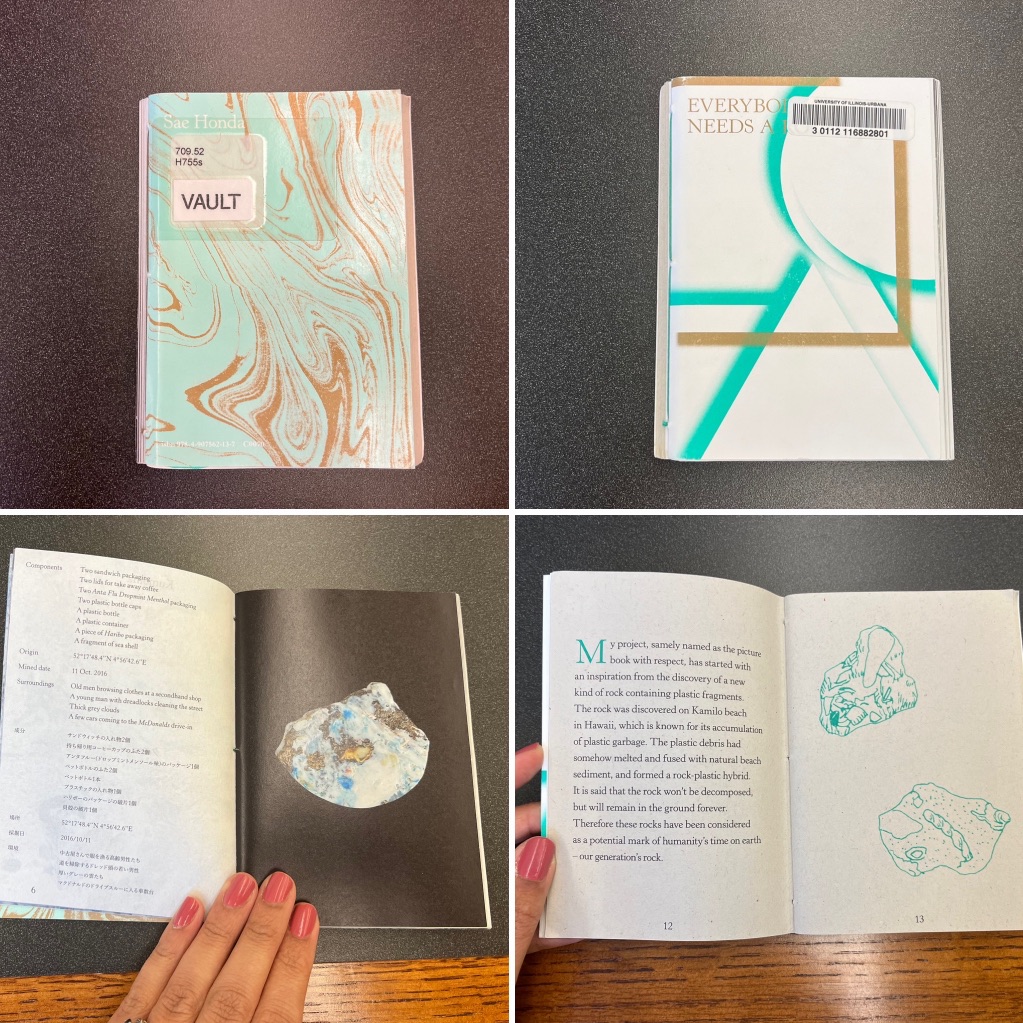
SP: Do you have a favorite item in the library?
McKissic: I do. Everybody Needs a Rock by Sae Honda. It’s a book with a funky little binding, like a zine. One side of it shows these drawings and walking paths that the artist went on. And what they would do is take walks and they would pick up things that they found on their walks, then mix it and make it into what looks like a precious stone. And then they would write down all the ingredients for that precious stone. So it would be like Wrigley’s gum wrapper, piece of grass, rubber from a man’s shoe. They would also write down what they saw as they were collecting the objects to make this. It’s really lovely. I use it often as an example of how to incorporate experience and process in a very direct way into the work that you’re making.
Also, I have two favorite objects in the Rare Book and Manuscript Library.The first is Gwendolyn Brooks’ recipe box. It has regular recipes for pastas and such, but it also has stuff like “how to tell if your kid is smoking pot.” It has her pretty famous recipe for her green juice. It’s very tactile, it feels very much like going through your grandmother’s recipes. My second favorite is one of a very small number in the world, I believe, one of eight, original pocket sized copies of the Emancipation Proclamation. This was carried around by Union soldiers when they were going through the south letting formerly enslaved Black Americans know they were free. There are very few remaining because they were made on newsprint, which doesn’t last very long. And here you can come and see it.
SP: Can you tell me about what’s in the vault?
McKissic: I try to make sure that people don’t think the vault is one thing or that special collections is one thing. It can be anything from a small relevant artist’s book, maybe one of only 15 books that this particular artist made. But it can also just be older journals, unusual objects like a cement packing peanut, Frank Lloyd Wright books, and dissertations. Basically things we wouldn’t necessarily want people to check out that might be a little rarer. The stuff that would be a little harder to replace. But anyone can come in and request to see something from the vault.
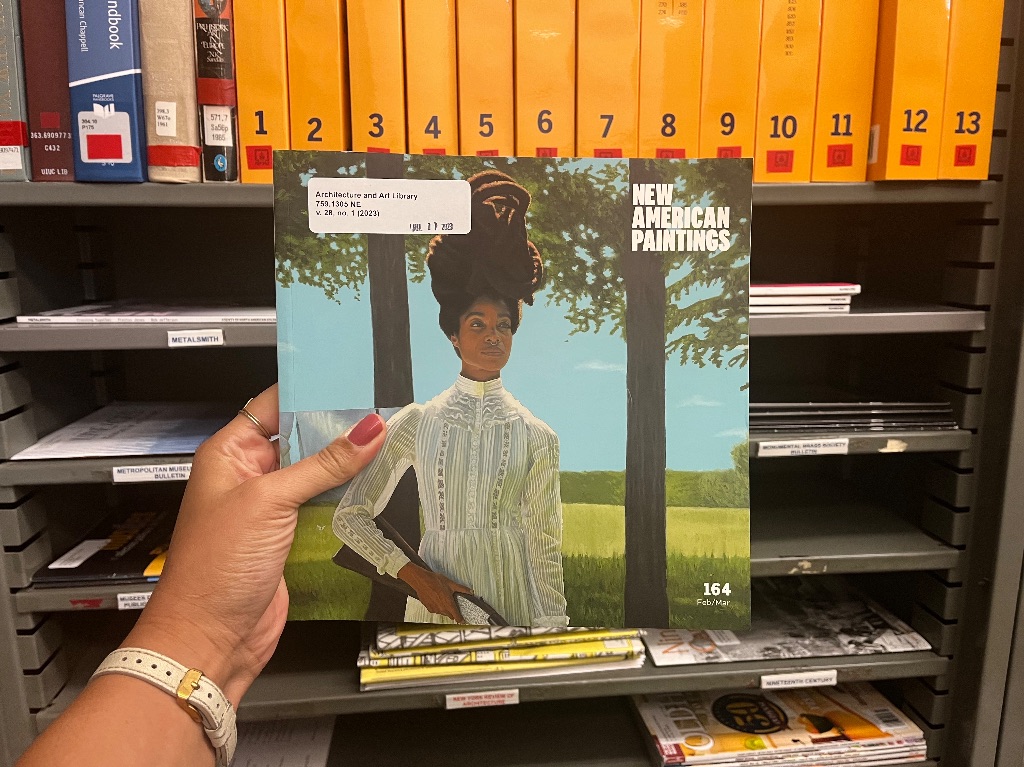
SP: Can you tell me about the from margin to center guides? On your site it has these questions to consider: “How do we imagine the architecture library of the future? How can we reconsider the ways the architecture library works with us and for its constituents, how we collectively design an architecture library that is open, inclusive and inviting all of the other?” So the two questions I have are, can you tell me about the guides? And then, what are some of the issues in the architecture library of the present?
McKissic: Those guides are born out of an initiative started by Emilee Mathews and a group of architecture faculty from a few years ago. The typical way of going about teaching many different disciplines, especially with architecture, is by this thing called precedents which are to show students a building or a project that someone constructed, that gives you a good understanding of the ways that people who thought about developing, building, and understanding what materials are good for it. And oftentimes, for lots of reasons, those precedents are almost always white and almost exclusively male.
I’m really proud of the students in the architecture department because they are very open, critical, and very vocal. That has really pushed us to really examine, not only what the library has been collecting and what their professors have been teaching, but also really pushing them to change what is being presented as this field changes. It’s not as though people don’t want to learn about Frank Lloyd Wright. He’s an icon. But you know, David Ajayi, has been around for quite some time. And we should also be learning about African architecture. There are many examples of contemporary buildings going up all around the world and to just focus on a handful of architects in the United States, a handful of architects, throughout again, just Western Europe (because we’re not even looking at Eastern Europe much of the time) the focus just hasn’t been where it should be. So we’ve been in quite a big weeding project to make more room, doing a lot of purchasing, and making literal physical space to bring in more diversity.
I always ask people when they come in, “what are your experiences with libraries?” because oftentimes, people can be building physical space in a way that isn’t welcoming, especially to people with disabilities, people of color, and women. There are all these different physical and structural barriers that we create. I’m not saying [spaces] are perfect when marginalized people get a voice, but it does push us a little closer when we create space that is more welcoming to our people.
One of our major jobs is classification or categorization. And again, the Dewey Decimal System was literally built so that almost everything related to Black people was under two numbers; it didn’t matter if it was sports, music, or anything else. And that is literally built into our cataloging system, which is why so many people have been pushing towards using the Library of Congress and pushing towards new language for how we categorize, especially when it comes to indigenous groups and indigenous materials. Pushing to make sure that it’s not people who are not a part of this community, deciding where you’re supposed to be categorized. So the library has a lot of work to do and a lot of that has challenged us to think about the ways that we categorize, the ways that we move our space, and the ways that we think about what is important. It’s about us pushing to be better.
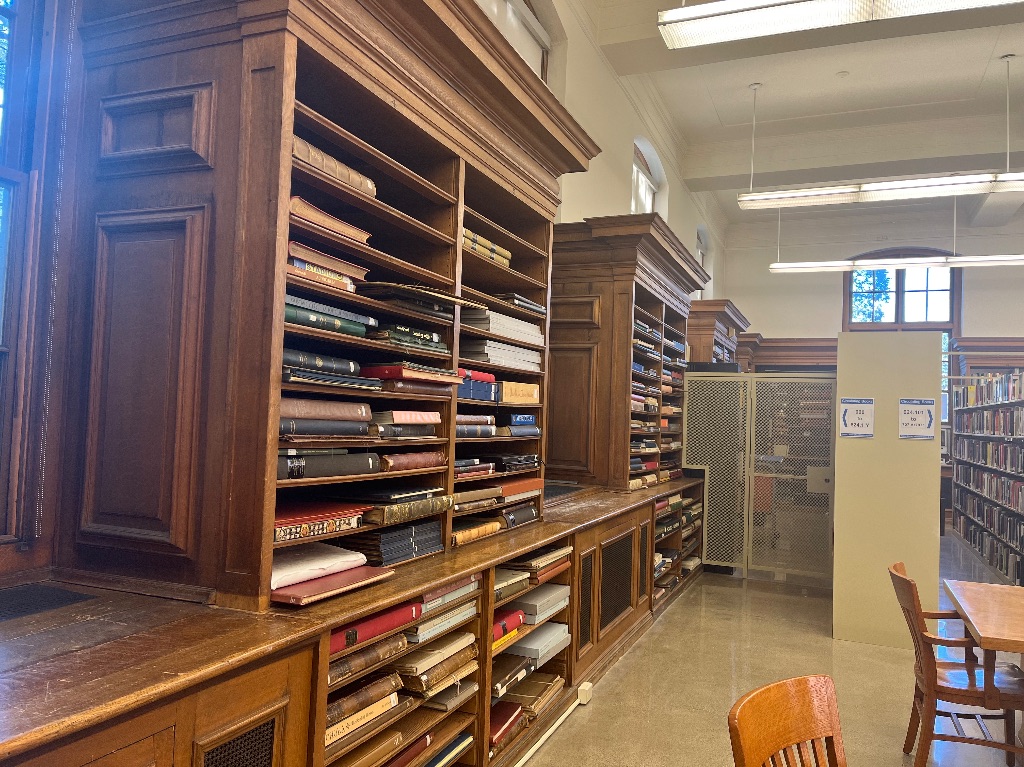
SP: So are the guides more of a collection?
McKissic: The guides are a starting place for people to get an idea of what are some major folks and topics happening within these fields. They have some names to look for if you’re doing research on a certain type of architecture. I know we have some guides that are specifically about indigenous architecture, specifically about Black artists and designers, specifically about African architecture. You don’t have to start this all by yourself. We have done a little bit of the work. We’re not going to do all your research for you, but we can sort of give you a couple of things to push you in that direction.
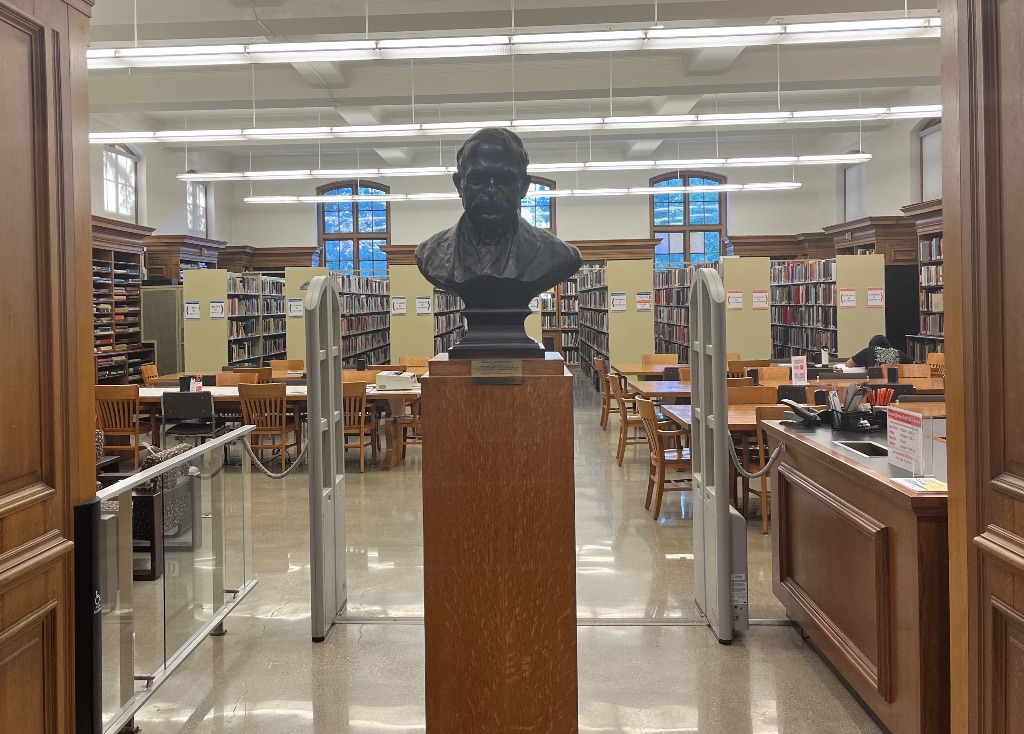
SP: Do you have a favorite building in Champaign?
McKissic: It’s gonna be cliche, I really like city hall in Downtown Champaign. I think it’s gorgeous. There’s all of these different little moments of American design history. And it actually pushed me to make sure when I travel, that I go see other city halls.
SP: Do you want to share anything else?
McKissic: At Ricker, we do a lot of different services not just for student organizations and classes, but also people in the community who want to come in. We do a lot of different things. We do workshops. I’m trying to get more art in this space. Just come in and get your hands on some of these funky little materials that I’ve acquired for the collection. We’re up to about 250 items now. We’re growing and we’re here, for the University and for the community.
The Ricker Library of Architecture and Art
608 Lorado Taft Dr #208
Champaign
M-Th 9 a.m. to 9 p.m.
F 9 a.m. to 5 p.m.
Su 1 to 9 p.m.








